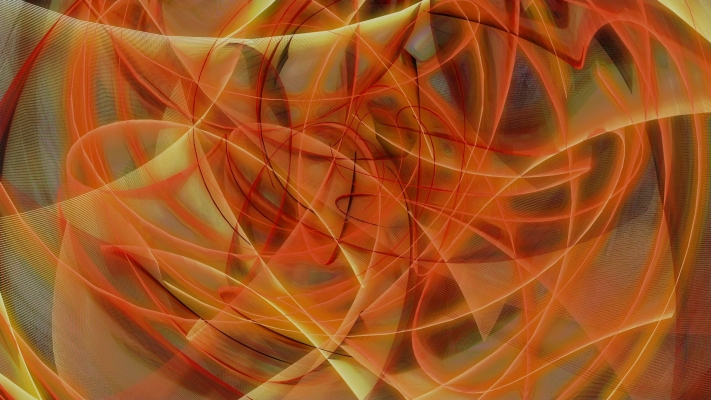Friday, May 12, 2017 - 7:30pm
$15 ($10 students/seniors)
The University of Washington School of Music and The Center for Digital Arts and Experimental Media (DXARTS) present an evening of computer music and video from the University of Washington School of Music and DXARTS Alumni composers. The program will include works by Linda Antas, Bret Battey, Donald Craig, Ben McAllister, Ewa Trębacz, and Nico Varchausky.
PROGRAM
- Two works by Linda Antas, DMA 2002, and currently an Associate Professor at Montana State Univeęrsity (Music Technology and Composition). All That Glitters and Goes Bump in the Night, her audiovisual work from 2014, is a reflection on appearance vs. reality—on our often distorted perceptions of good and bad, success and failure, direct cause and serendipity—and on all manner of assumptions. Iridescence for computer-realized sound was inspired by the diverse manifestations of iridescence in nature and by the physics of iridescence, which links color and structure. Iridescence contains textures that shimmer, or that were created with processes that parallel the diverse directions, angles, and fluctuations that produce iridescence.
- Bret Battey, an artist internationally recognized for his Visual Music works, earned his DMA from the UW School of Music in 2001. He worked as a Research Associate at DXARTS, and currently is a Reader with the Music, Technology, and Innovation Research Centre at De Montfort University, Leicester, UK. We will be showing his audiovisual composition Clonal Colonies, commissioned by New York’s Avian Orchestra for their botany-themed concert Vegetative States in 2011. In this work, densely interlocked audio and visual textures form an audiovisual dance derived from biologically-inspired processes.
- Donald Craig, DMA 2009, will present his doctoral dissertation work Symphony By Numbers, a work of intermedia, or Visual Music. It uses abstract animation combined with computer music to create an art that is neither music nor visual art alone but alloy of both, where neither can be considered to be accompaniment to the other. The intention is to create a work that fails if it cannot be both seen and heard. It is in a number of movements that are fairly independent and distinct but contribute to the integrity of the whole, much like a symphony. Each movement has its own visual and sonic material with the occasional reference to other movements.
- Ben McAllister, BA in Music Theory and BM in Composition, 1999, is an active player, teacher, copyist, film composer and currently Director of Engineering for L4 Digital, a Seattle-based Digital Product Agency. We will hear a performance of his Mandalas for an electric guitar ensemble, inspired by maximal guitar creations of Ocrilim/Mick Barr and Glenn Branca. It was begun 10 years ago as doodles really, recorded as short pieces. With these recordings as source material, he composed Mandalas with an ear towards highlighting the symmetry, difference tones and beat frequencies found in this process.
- Ewa Trębacz, DXARTS Ph.D., 2010, and currently a Research Scientist at DXARTS, will present her Ambisonic work titled ANC’L’SUNR”. It is a fixed-media version of a piece commissioned by the Polish Composers’ Union for the Polish Radio Symphony Orchestra, which combines the original electronic layer with several orchestral recordings from the rehearsals and the premiere in 2013. The electronic layer also utilizes some of her earlier recordings from the Dan Harpole Cistern at Fort Worden State Park, Washington, a unique space characterized by a 45-second reverberation time.
- Nicolás Varchausky, DXARTS Ph.D., 2015, is an Associate Professor and researcher at Universidad Nacional de Quilmes and Universidad Tres de Febrero in Argentina. We will present 3 miniatures from his Resonances, Turbulences & Explosions, a series of short acousmatic pieces for 3D sound that explore the inner soundscapes of each letter of the alphabet. By immersing ourselves in the hidden soundscapes within the smallest sonic units capable of conveying a distinction in meaning, the series becomes a search for language’s ultimate acoustic matter and meaning.
